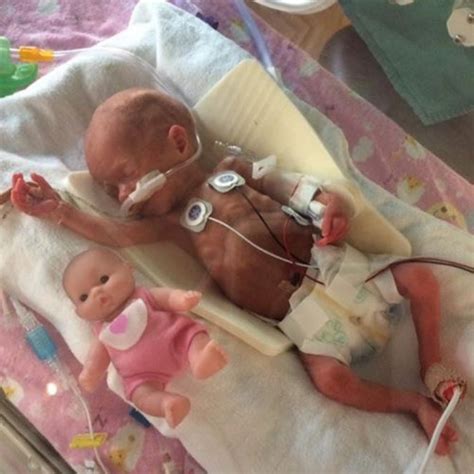Knee ligament injuries are a common occurrence in the world of sports and physical activity, affecting millions of people worldwide. The knee joint is a complex structure consisting of bones, cartilage, and ligaments, with the ligaments playing a crucial role in providing stability and support. There are four major ligaments in the knee: the anterior cruciate ligament (ACL), posterior cruciate ligament (PCL), medial collateral ligament (MCL), and lateral collateral ligament (LCL). Injuries to these ligaments can range from mild sprains to severe tears, requiring prompt and effective treatment to ensure proper healing and prevent long-term damage.
Understanding Knee Ligament Injuries
Knee ligament injuries can occur due to various reasons, including sudden stops, changes in direction, landing from a jump, or direct blows to the knee. The symptoms of a knee ligament injury may include pain, swelling, instability, and limited range of motion. In some cases, a loud pop or snap may be heard at the time of injury, indicating a severe ligament tear. It is essential to seek medical attention immediately if you suspect a knee ligament injury, as delayed treatment can lead to further complications and prolonged recovery time.
Therapy Options for Knee Ligament Injuries
Therapy for knee ligament injuries typically involves a combination of non-surgical and surgical methods, depending on the severity of the injury. Non-surgical methods include physical therapy, bracing, and pain management, while surgical methods involve ligament reconstruction or repair. The primary goal of therapy is to restore knee function, reduce pain and inflammation, and prevent further injury.
- Physical Therapy: Physical therapy plays a vital role in the treatment of knee ligament injuries. A physical therapist can help you improve range of motion, strength, and flexibility, as well as provide education on proper knee mechanics and injury prevention. Common physical therapy exercises for knee ligament injuries include quadriceps sets, straight leg raises, and wall squats.
- Bracing: Bracing can provide additional support and stability to the knee, helping to reduce pain and inflammation. There are various types of knee braces available, including functional braces, rehabilitative braces, and prophylactic braces. Your healthcare provider can recommend the most suitable brace for your specific injury.
- Pain Management: Pain management is a crucial aspect of therapy for knee ligament injuries. Your healthcare provider may prescribe pain medication, such as acetaminophen or ibuprofen, to help manage pain and inflammation. In addition, alternative methods like acupuncture, massage, and heat or cold therapy may be recommended.
Surgical Options
In some cases, surgical intervention may be necessary to repair or reconstruct the damaged ligament. The type of surgery required depends on the severity and location of the injury. Common surgical procedures for knee ligament injuries include:
- Ligament Reconstruction: Ligament reconstruction involves surgically repairing or replacing the damaged ligament with a graft. This procedure is typically performed arthroscopically, using a small camera and surgical instruments inserted through tiny incisions.
- Ligament Repair: Ligament repair involves surgically reattaching the torn ligament to the bone. This procedure is usually performed for less severe injuries, where the ligament is still intact but partially torn.
Recovery and Rehabilitation
Recovery and rehabilitation after knee ligament surgery or therapy are crucial to ensure proper healing and prevent further injury. A physical therapist can help you develop a personalized rehabilitation program, which may include exercises to improve range of motion, strength, and flexibility. It is essential to follow your healthcare provider’s instructions and attend regular follow-up appointments to monitor your progress.
It is crucial to note that recovering from a knee ligament injury takes time and patience. It is essential to avoid rushing back to physical activity, as this can lead to further injury or prolong the recovery process. A gradual and progressive rehabilitation program, combined with proper therapy and pain management, can help ensure a successful recovery and prevent long-term damage.
FAQ Section
What are the most common symptoms of a knee ligament injury?
+The most common symptoms of a knee ligament injury include pain, swelling, instability, and limited range of motion. In some cases, a loud pop or snap may be heard at the time of injury, indicating a severe ligament tear.
How long does it take to recover from a knee ligament injury?
+Recovery time for a knee ligament injury varies depending on the severity of the injury and the effectiveness of therapy. Mild injuries may take several weeks to heal, while more severe injuries may require several months of rehabilitation.
Can knee ligament injuries be prevented?
+While knee ligament injuries can be unpredictable, there are steps you can take to reduce your risk of injury. These include warming up before exercise, wearing proper protective gear, and avoiding sudden stops or changes in direction.
In conclusion, therapy for knee ligament injuries requires a comprehensive approach, incorporating non-surgical and surgical methods, as well as physical therapy, bracing, and pain management. By understanding the causes and symptoms of knee ligament injuries, as well as the various therapy options available, you can take the first step towards a successful recovery and prevent long-term damage. Remember to always seek medical attention immediately if you suspect a knee ligament injury, and follow your healthcare provider’s instructions to ensure proper healing and rehabilitation.


